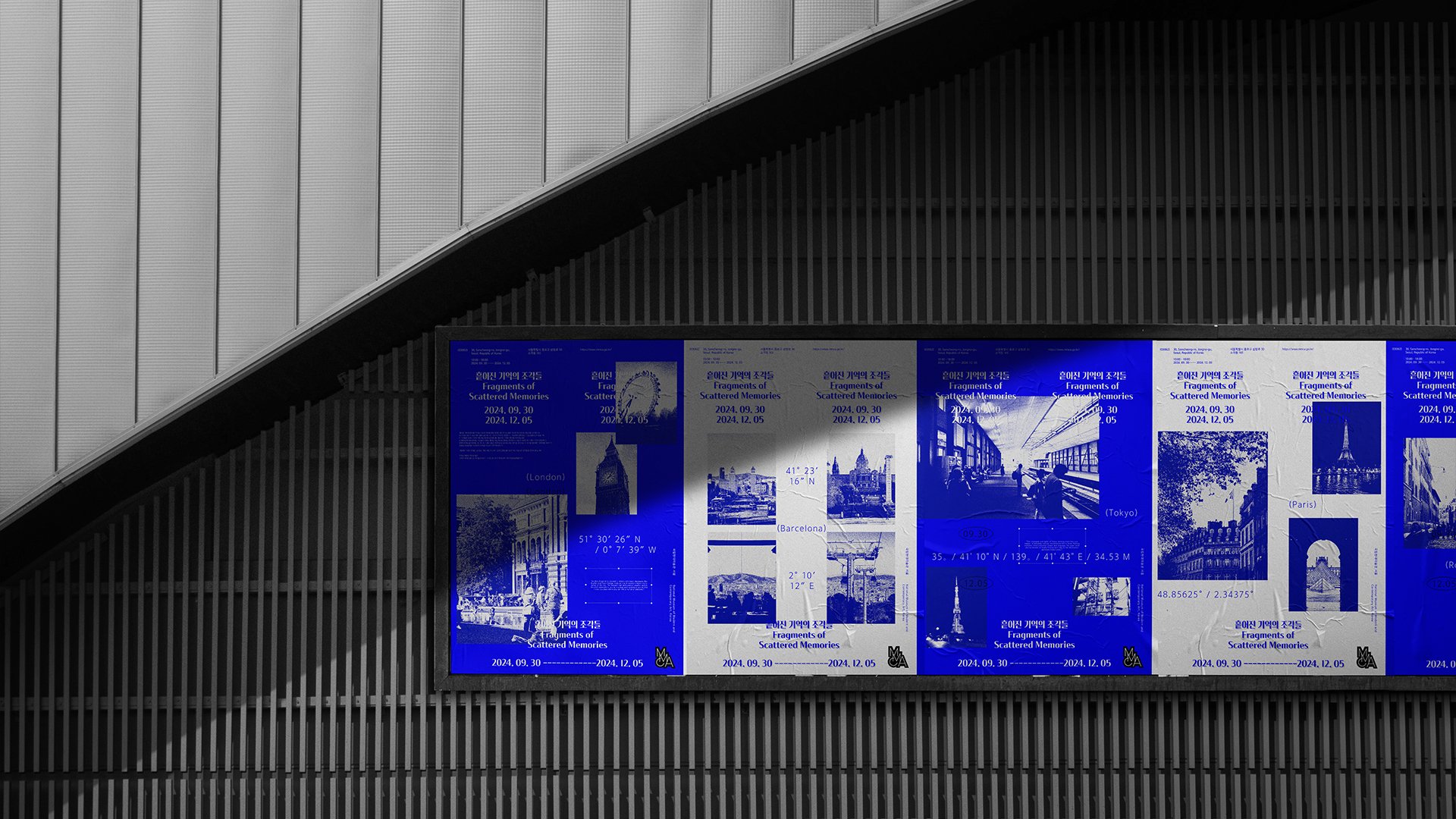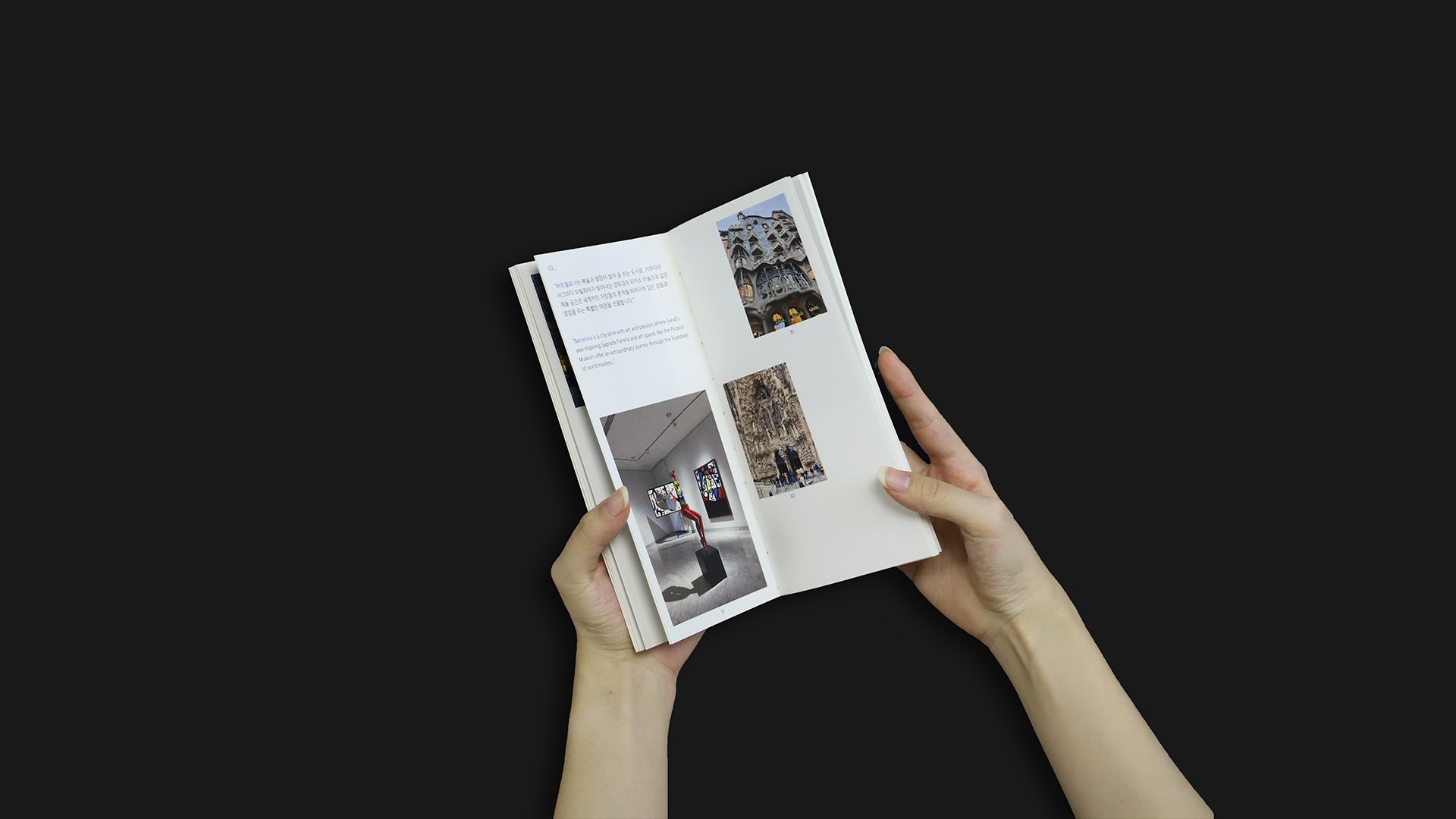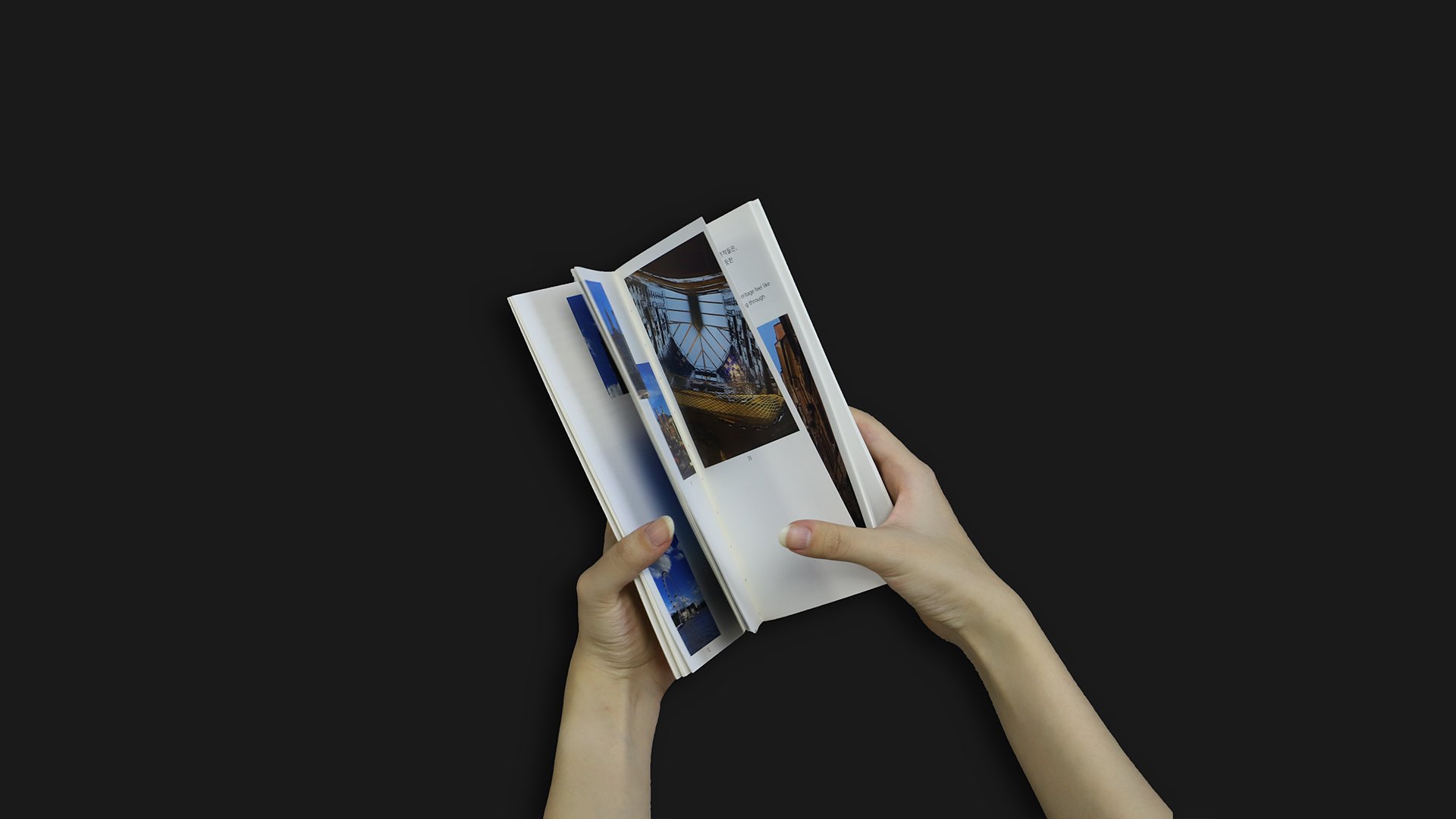Dahye Kim
Email address
moc.liamg@6730hdkBiography
Dahye Kim is a graphic designer based in Seoul and London, working across branding, identity, and motion graphics. Her work is driven by a desire to communicate messages—social, cultural, or emotional—through visual language. She approaches each project through in-depth research and conceptual development, aiming to build a strong narrative and sense of identity. By experimenting across various media, she creates engaging visual experiences that invite viewers to reflect, question, and connect.
Portfolio
Who in the world am I?
“Who in the world am I?”
This project began with that question—a motion graphic work inspired by Alice in Wonderland, reimagining the journey of confusion, identity, and transformation.
This motion graphic piece begins as an experiment in visualising text, unfolding into an abstract journey that follows the flow of thought. Using minimal visual elements—squares, lines, doors, and holes—it visualises not emotions, but the architecture of thinking.
Each scene shifts through divided frames, collisions, openings, and distortions. The visual language metaphorically represents a mental process of confusion, exploration, and rediscovery—an inner navigation through uncertainty.
Accompanied by a calm female narration, ambient music, and carefully placed sound effects, the work invites viewers to immerse themselves in this non-linear path of reasoning. By breaking away from familiar logic, it encourages new questions to surface, offering an experience where thought becomes visual and the invisible becomes perceivable.
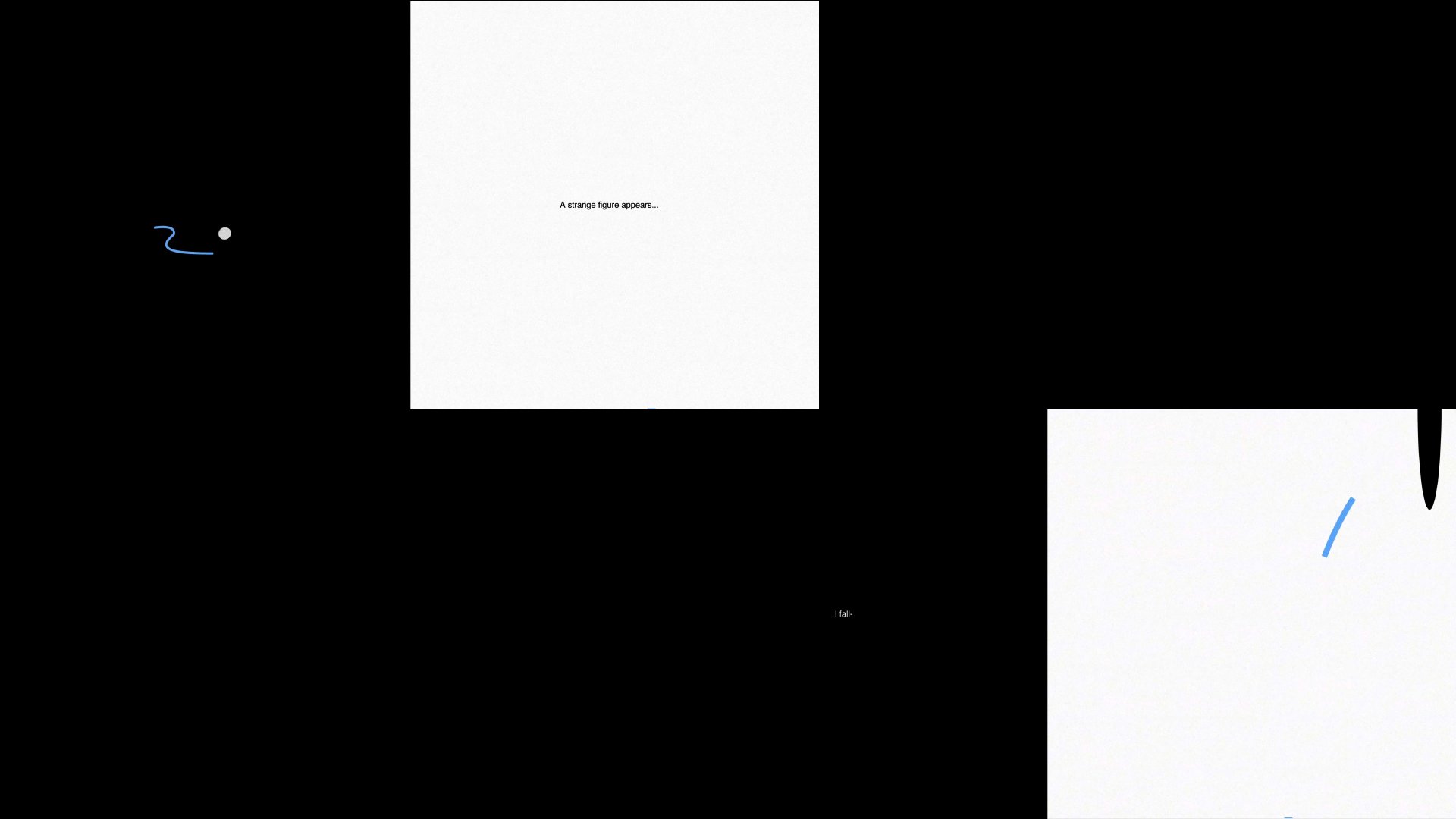
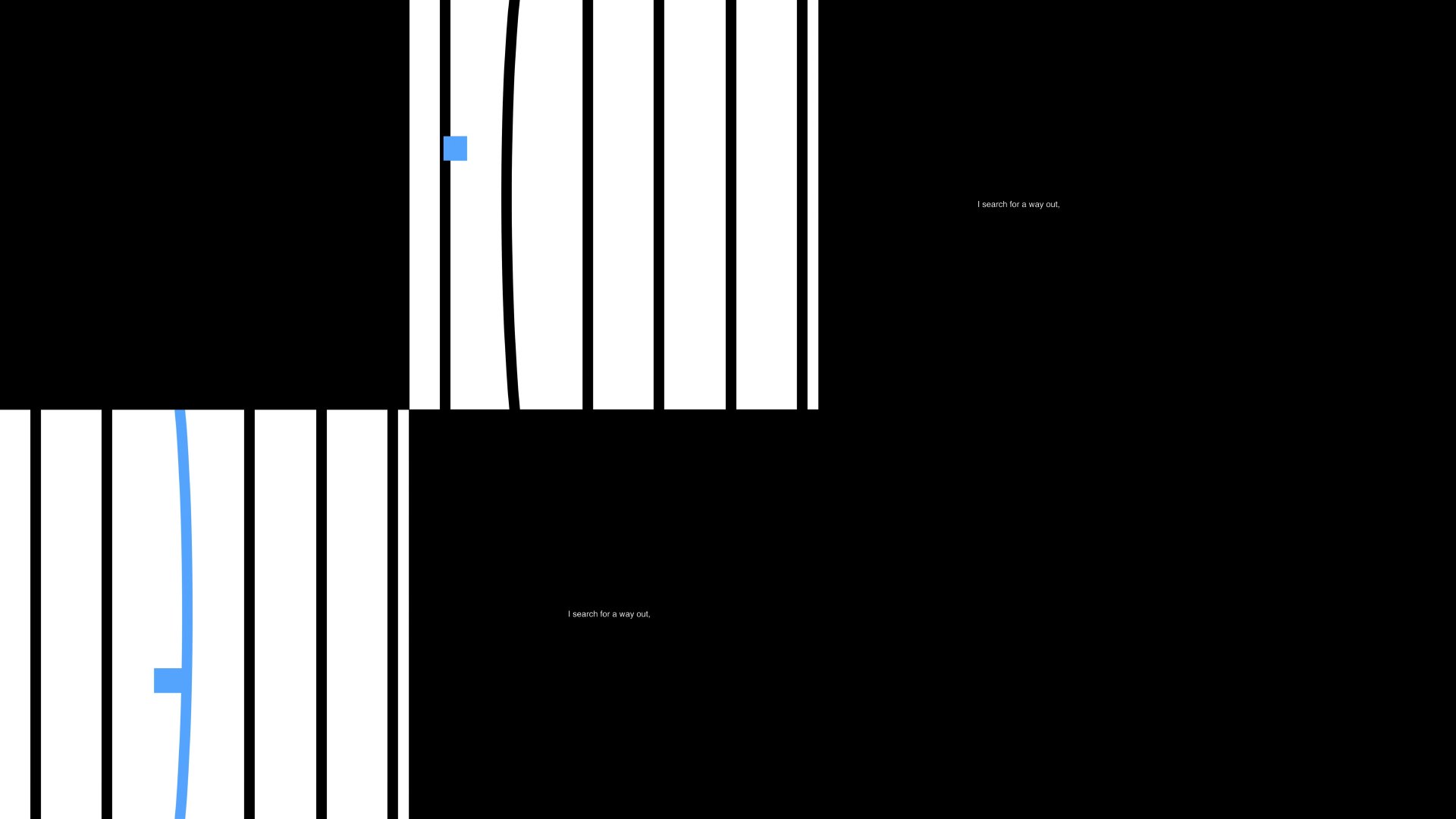
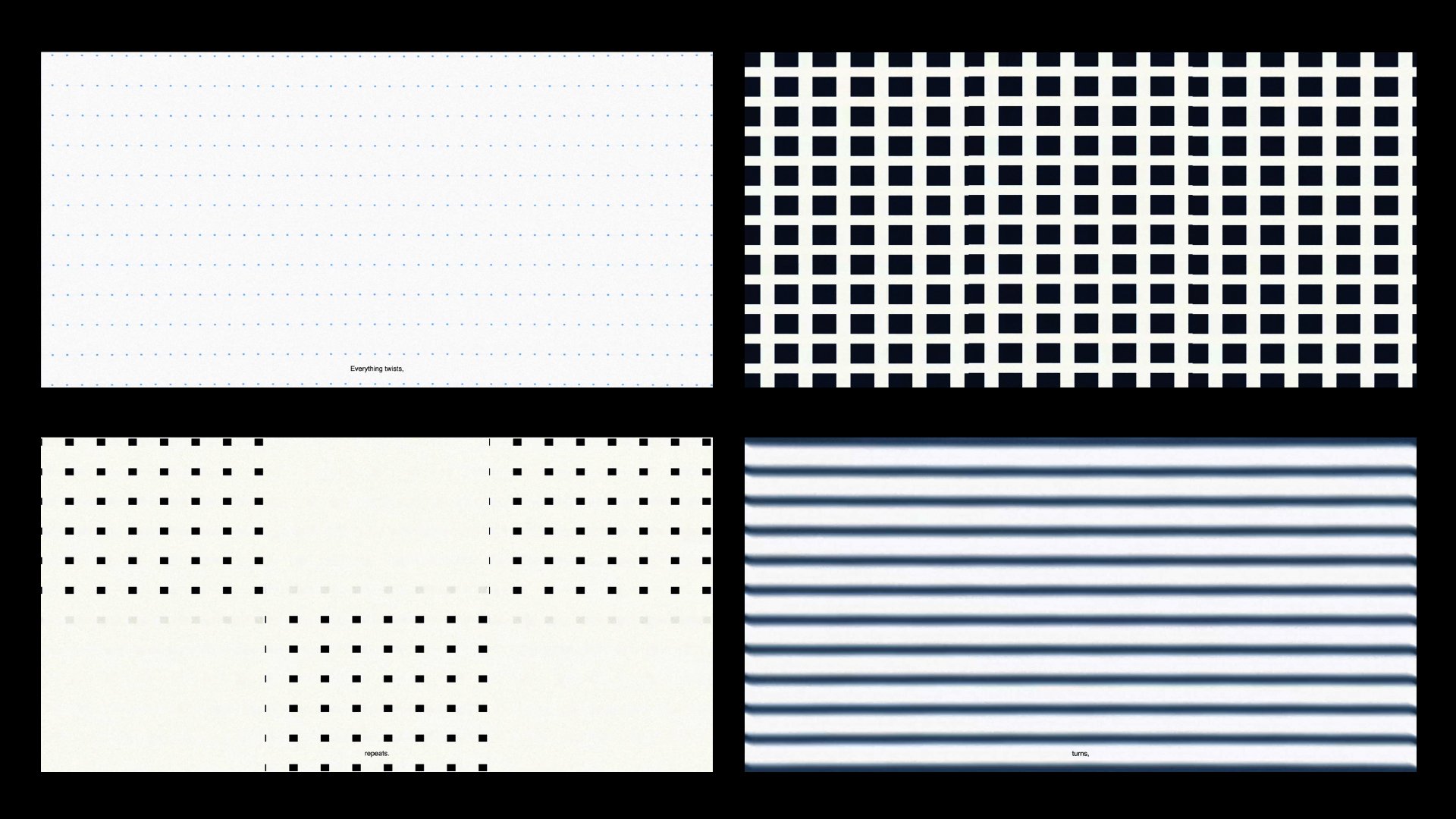
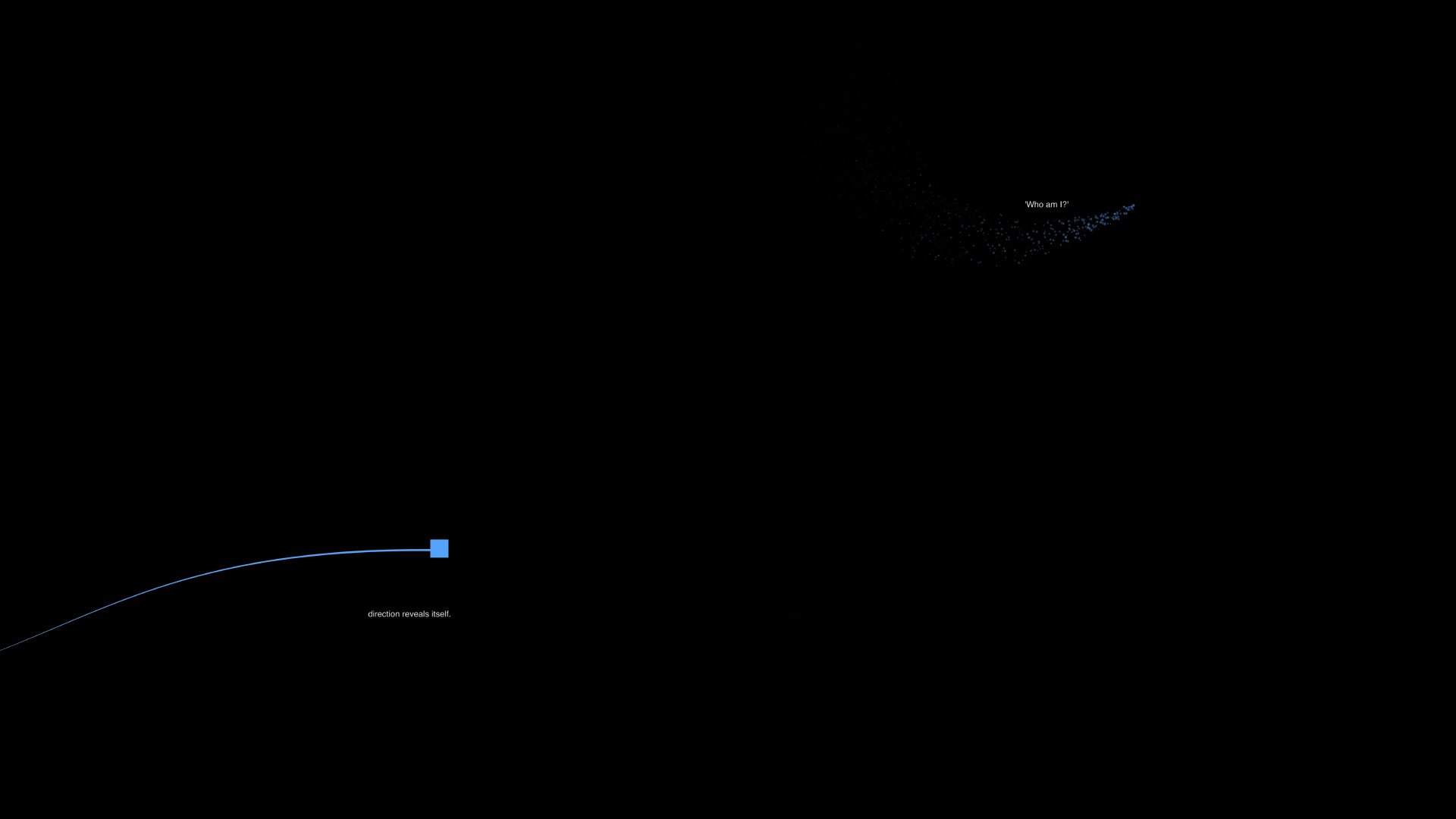
Original Machines
Original Machines delves into how artificial intelligence engages with and interprets human emotion through visual communication. It explores the core concepts of module, system, and cybernetics, creating a living design system where structured, repetitive elements organically combine to self-regulate and evolve. The project interprets the machine’s precision, errors, and feedback loops through a visual language, demonstrating that design is not a fixed outcome but an ever-changing entity.
The project combines pixelated modules with AI-generated images of human sensory organs such as ears, eyes, and hands, building a visual language where mechanical order and human emotion coexist. These modules are meticulously arranged on a grid system and integrated with metadata extracted from the image creation process, forming a cohesive ‘system.’ Additionally, the concept of cybernetics is reflected by visualising the flow of information and feedback between humans and machines, completing a cyclical and interactive structure within the design.
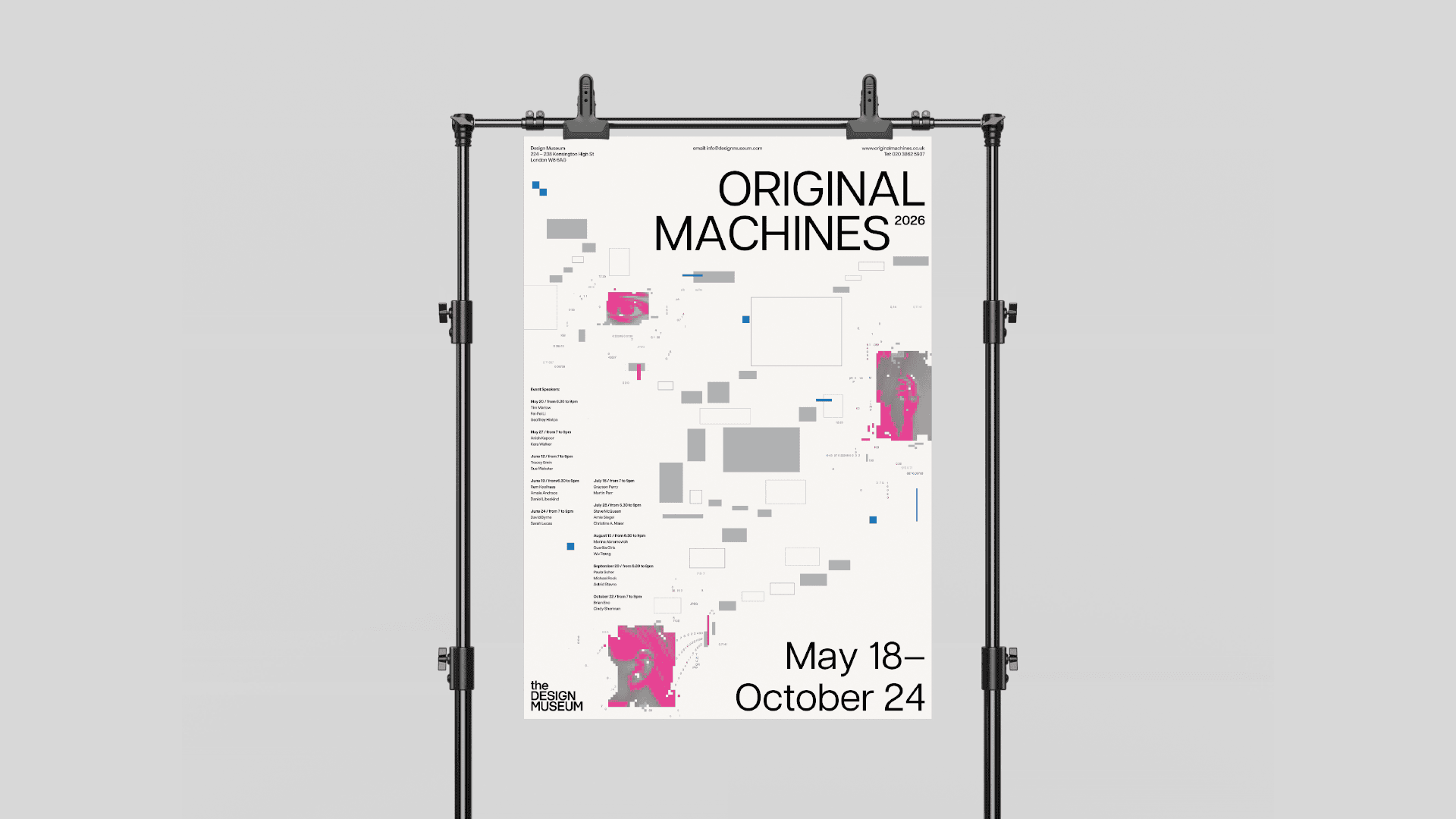
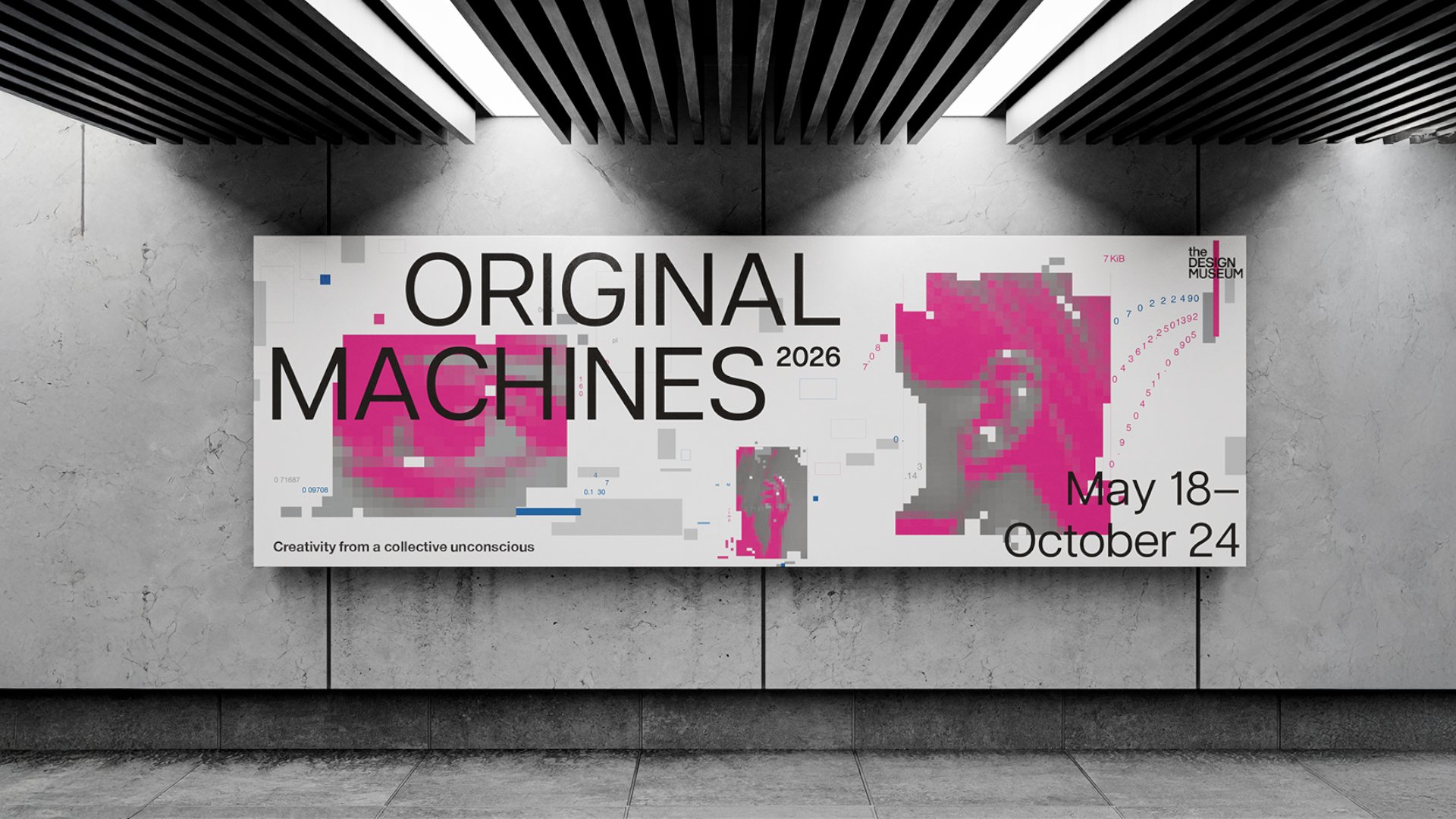
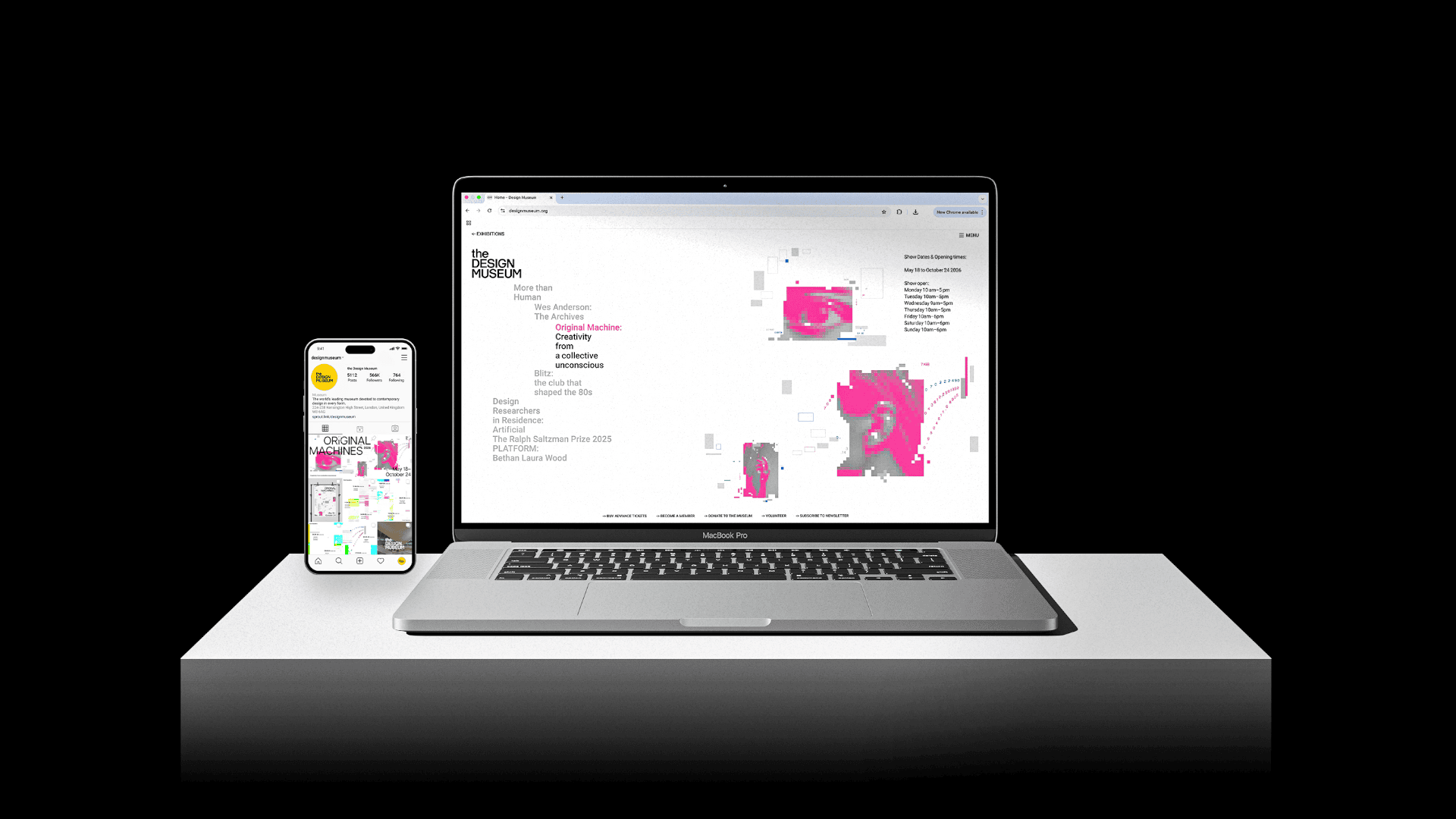
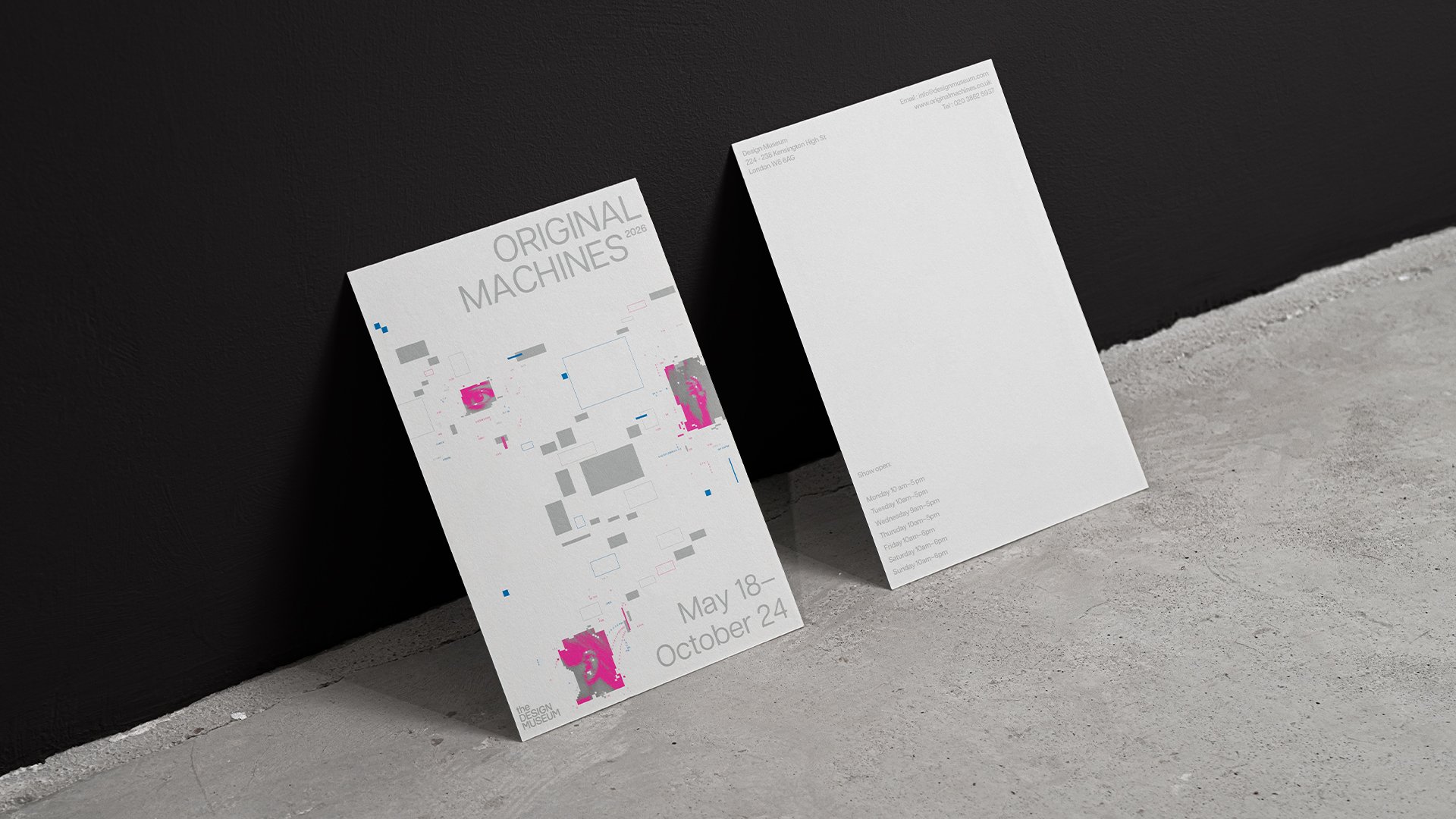
Fragments of Scattered Memories
The Fragments of Scattered Memories project invites viewers into a mosaic of scattered moments captured across various journeys. Each photograph acts as a fragment of memory—sometimes vivid, blurred, suspended in time and space. Together, these pieces form a visual tapestry of recollections that feel both deeply personal and universally relatable.
As visitors move through the exhibition, the photos are arranged sometimes in isolation, sometimes layered or juxtaposed, reflecting the nonlinear and fragmented nature of memory itself. Just as our memories resurface unpredictably, viewers are encouraged to piece together emotions, stories, and impressions, creating their narratives through the fragments.
Evoking nostalgia, joy, or even mystery, this exhibition captures the fleeting and scattered essence of travel experiences and poses the questions:
How do we remember?
And what do these scattered memories reveal about the places we’ve been and who we’ve become?
We cannot remember everything from our travels. Instead, small, fragmented memories—whether sharp or hazy—linger in our minds, representing those moments. Through this project, I hope to convey the significance and value of these scattered pieces of memory.
